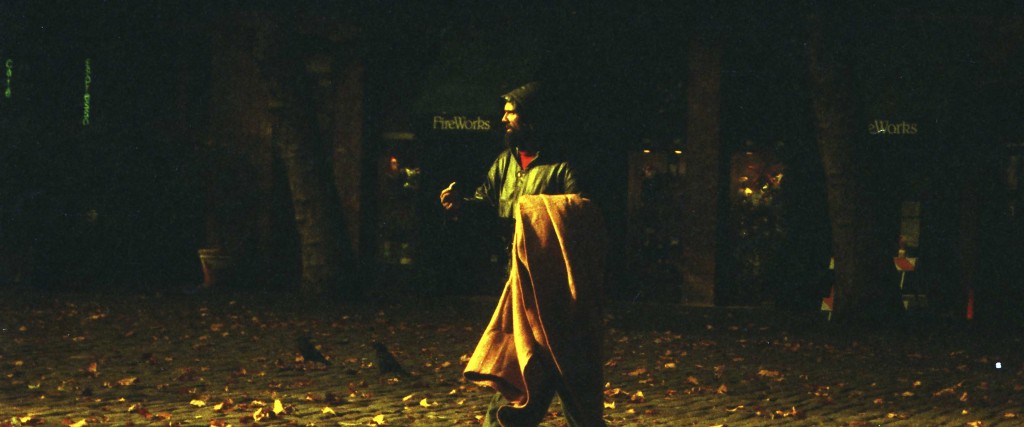
“How you doin’ tonight?”
“Typically!” he says. “And yourself?
“Oh, I’m well!”
“That’s excellent!” he smiles. “And syntactically correct!”
“I do my best!”
That was the first guy. With him is a second man, his friend. Both have books. I ask the first fellow what he’s reading, and it’s a hefty sci-fi tome of at least a thousand pages, about the export of steel across different galaxies. “Seminal stuff,” as he describes it, from the great 1960s-70s period of sci-fi. “Asimov, Frank Herbert, all those guys.”
“Just a little light reading!” I say.
He laughs with pleasure.
“And how about you, what do you have there?”
The second man turns up from his own book. “Oh, this is, it’s about Intercultural Communications.”
“Cool!”
“Yeah, it’s all about the complexities of communicating between cultures, and how the studies we do can impact those communications and how we apply those results can fundamentally affect decisions people make.”
“Oh wow. So it’s talking about the impact of the studies themselves?”
“More how those studies are conducted.”
“Ooooh.”
“Yeah, how the different methods chosen can influence the results and what people do with those results.”
“Tight.”
Once again, just some light reading. I ask him a few more questions about it. I’m fascinated and want to look it up myself. “What’s it called, the book again?”
“It’s, uh. Experiencing Intercultural Communications, an Introduction. By Judith,”
I’m scribbling down the title. “Experiencing….”
“Yeah, Experiencing Intercultural Communications. By Judith Martin and Thomas Nakayama.”
“By Judith Martin.”
“And Thomas Nakayama. Yeah, it’s really good.”
“Nakayama, first name Thomas?”
“Yeah.”
“What made you choose this book? I mean, that’s a pretty specific focus,”
“I just thought it sounded interesting. And what’s really cool is, at the end of each chapter, they have like sixty or seventy citations to other books on similar subjects to what was covered in the chapter.”
“Oh, that’s a gold mine!”
“Yeah, so if you’re interested in this or that, you can go read further, and get all in detail. Which has been super helpful.”
These two were not students attending accredited universities. They were not educated businessmen. They were street people, quite possibly homeless, no different in look from so many of the huddled figures we pass on the sidewalks downtown. What was it my elementary school teacher told us when she broke down the word “assume?”
Nathan Vass is an artist, filmmaker, photographer, and author by day, and a Metro bus driver by night, where his community-building work has been showcased on TED, NPR, The Seattle Times, KING 5 and landed him a spot on Seattle Magazine’s 2018 list of the 35 Most Influential People in Seattle. He has shown in over forty photography shows is also the director of nine films, six of which have shown at festivals, and one of which premiered at Henry Art Gallery. His book, The Lines That Make Us, is a Seattle bestseller and 2019 WA State Book Awards finalist.


